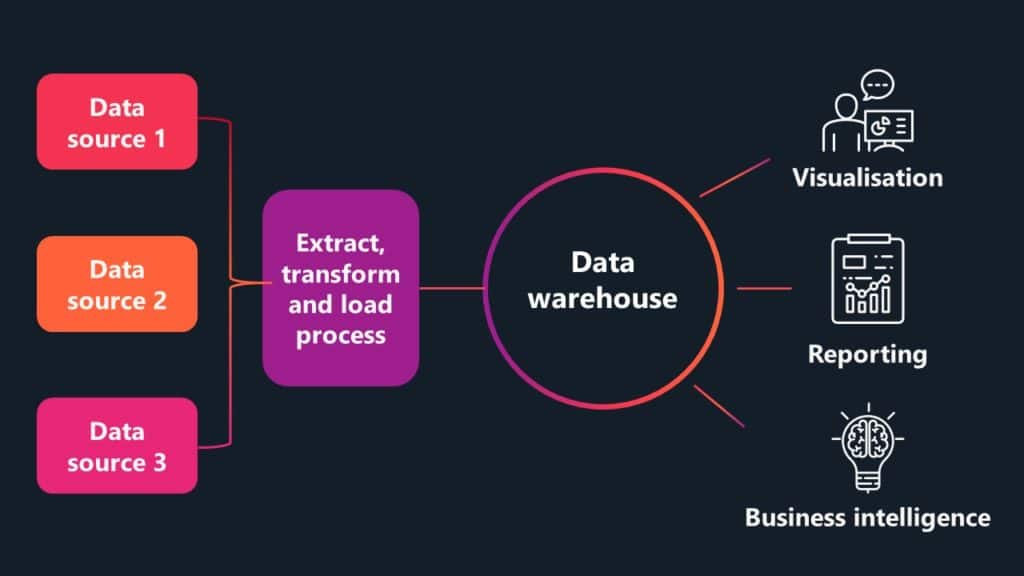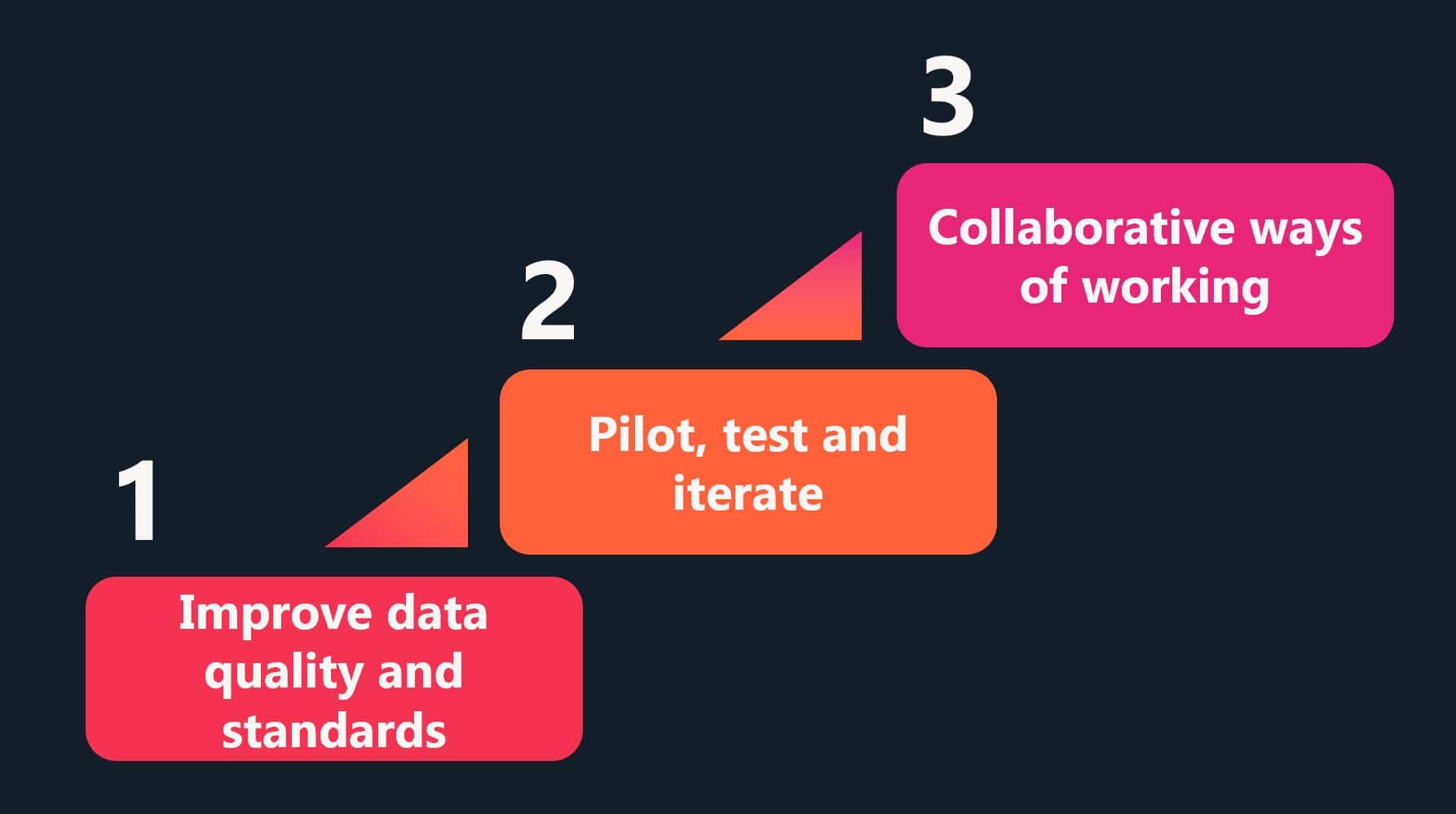The International Day for the Elimination of Violence against Women 2021 is a reminder to us all of the importance of safeguarding in achieving better outcomes for women and girls in the UK.
The Care Quality Commission defines safeguarding as: “…measures to protect the health, wellbeing and human rights of individuals, which allow people – especially children, young people and vulnerable adults – to live free from abuse, harm and neglect.”
Safeguarding, in all its various applications, is of paramount importance to the agencies delivering services to the public. However, no single agency can safeguard effectively in isolation. It is one of the key issues that brings public sector partners together to achieve a common good for their population that they can’t necessarily deliver by themselves.
This imperative to collaborate drives different behaviours and ways of working within agencies compared to when agencies are delivering their own statutory functions. While the need to collaborate is not new, and there are well-understood practices and forums that bring together local authorities, police forces and health partners on a range of issues, there remains significantly more to be done.
The case for early intervention on safeguarding is clear and accepted. Over the last few years, policing demands have shifted to what the College of Policing refers to as a “more proactive demand which police are required to undertake, mainly connected to safeguarding the public”. Taking a policing perspective on safeguarding, collaboration is essential in managing safeguarding risks. Police forces will rely on (at least) local authority and health partners to deliver better outcomes for the public and adapt to the demands they face. There are a range of ways that frontline organisations need to work together to achieve this including:
- data sharing between local authorities, the police and NHS
- opportunities to share best practice in early intervention approaches
- regional and national collaborative strategies.
Let’s start with data
One of the first but most challenging steps that policing, local authority and health partners must take is to share data. This is vital when it comes to making the right early interventions and the best investments to deliver enhanced safeguarding for the most vulnerable groups. Partners need all available data at their fingertips to understand both the problem they face and the population they serve. While there is support for this at a senior and legislative level, it is not yet being practised on the ground, with practitioners still reluctant to share data.
In a perfect world, partners would work together to build the infrastructure where multi-agency data could be stored and accessed by trusted sources when needed, whether that’s in the office, in the community or on the frontline. It would mirror something similar to Figure 1.

This would include the police, local authorities and the NHS in the medium term, although it could extend to probation, education, voluntary and community partners, and maybe even the private sector, over the longer term.
We know that the current reality is a long way from this seamlessly integrated world and there are significant barriers preventing local and national authorities from operating in this way, most notably:
- the lack of a standard unique identifier for individuals across these systems
- inconsistent data quality across entries which damages confidence in aggregating information upwards to show macro-level trends
- data-sharing agreements between authorities are often complex and misunderstood, so finding the resource to create data frameworks is often a barrier for agencies.
What can we do over the next 12 months?
Creating this data utopia can feel like a huge task for already stretched organisations. This can lead to inaction and introspection, with organisations kicking the can further down the road, storing up problems for tomorrow. However, partners must find a way to move forward from where we are today.
There are three practical steps organisations can take to improve collaboration, while also laying the foundations for a more connected data environment in the future.

Fig 2: Steps to greater data collaboration
1. Improve data quality and standards
Data collaboration across organisations is complex. Ecosystems will vary across organisations and geographies and there will be no one-size-fits-all given the different starting points across the country.
All partners – police, local authorities and health – can start by looking at their own data quality. There are various approaches to data quality and standards depending on the type and source of data, but it is an essential enabler of data collaboration, and if we do not start to address this now, we risk not having solved the problem in five years’ time. Policing, local authorities and health partners do not have to work alone. In policing, for example, there are national programmes like the National Data Quality Improvement Service from which we can learn lessons to develop targeted improvements in data quality.
2. Pilot, test and iterate
Rather than wait for complex, expensive, and lengthy integrated technology systems to arrive, police, local authorities and health should use commercially available dashboarding solutions to start visualising the data they are collaborating on and work out what is useful to help them improve safeguarding practices. Systems like PowerBI, Qlik Sense and IBM I2 are reasonably inexpensive and user-friendly. They allow organisations to prototype early and learn from doing in relation to improving their own safeguarding services. This builds confidence that improvements can be achieved, keeps organisations focused on the goal of collaborating to improve safeguarding, and supports an ecosystem where organisations are focused on sharing information and learning from one other.
3. Collaborative ways of working
Where systems are separate and data is not shared seamlessly, investing in people to fill the gap in the short term is a solution worth considering. Multi-agency teams with the designated purpose of increasing interoperability and enabling data sharing across organisations is one potential place to start. Such teams can facilitate access to agency data and improve understanding of each agency’s needs when it comes to meeting the collective safeguarding objective. These tactical, in-person efforts to improve collaboration are working. In Avon and Somerset for example, the police, local authorities and NHS have formed blended teams, allowing for a reduction in the time it take to access critical information.
At Gate One, we specialise in taking high-level strategy and translating it into tangible benefits to help the public sector transform outcomes for citizens.
